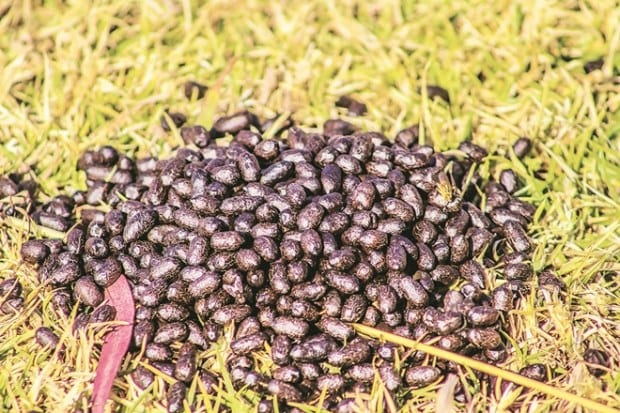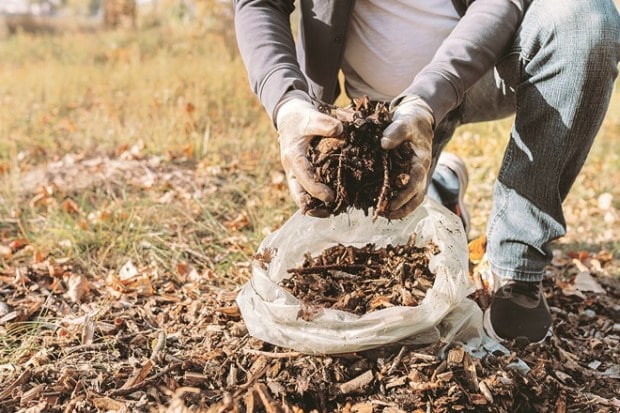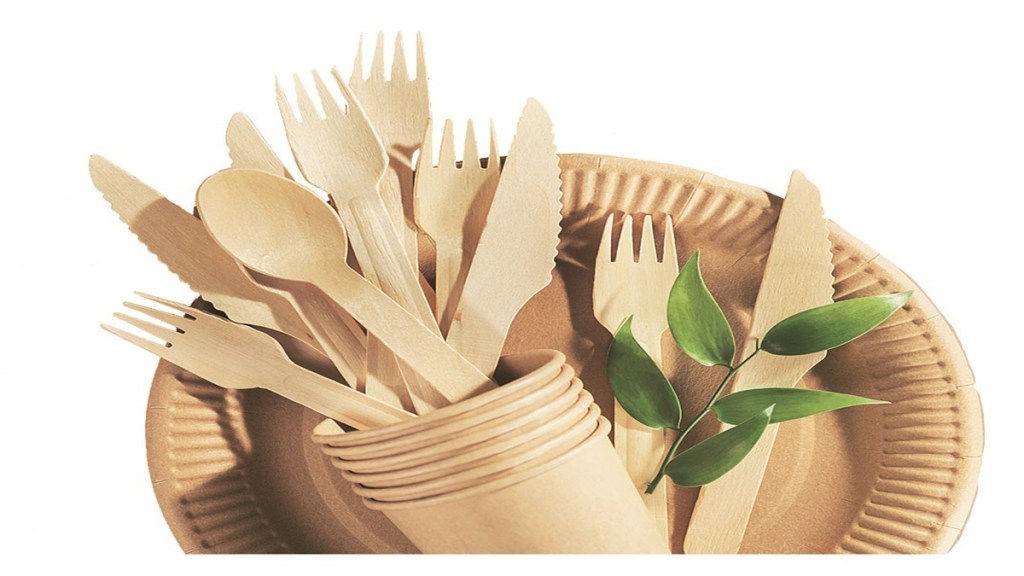By Ankur Biplav
Countries around the globe commemorate International Plastic Bag Free Day on July 3 in a bid to fight against plastic pollution. This annual observance aims to raise awareness about the detrimental impact of plastic bags on the environment and encourage people to adopt to more sustainable alternatives. Plastic bags were invented by a Swedish engineer Sten Gustaf Thulin in 1959. As per an interview of his son, Raoul Thulin published in a British newspaper, The Independent, he has claimed that the “plastic bags were invented to save the planet”. Here we take a look at a few sustainable alternatives to plastic.
Biodegradable and compostable materials
Biodegradable materials, such as plant-based plastics derived from corn or sugarcane, offer a sustainable alternative to conventional plastic. These materials break down naturally over time, reducing their environmental impact. Compostable materials, specifically designed to degrade in composting facilities, are another option that can be converted into nutrient-rich soil. Materials like green waste, food waste, paper waste can be considered as good examples of biodegradable and compostable materials.
Grape waste

Grape waste, such as grape skins, seeds, and stems, can be utilised in various ways as an alternative to plastic. This waste can be processed to extract natural compounds, such as polyphenols and cellulose, which have potential applications in developing biodegradable packaging materials. Grape waste can be processed to extract fibres that can be spun into yarns and woven into textiles.
Natural fibres
Natural fibres, such as jute, hemp, cotton, and bamboo, can be used to create sustainable alternatives to plastic-based products. These fibres can be woven into bags, clothing, and other items, providing eco-friendly alternatives. Natural fibre-based products and biodegradable and often require fewer resources to produce compared to synthetic materials. Natural fibres can be processed to create packaging materials, such as bags, trays, or wraps. These can also be combined with biopolymers, such as starch or PLA, to create biocomposite materials. These materials offer the strength and versatility of traditional plastics while reducing the reliance on fossil fuels. Biocomposites can be used in applications such as automotive parts, furniture, consumer goods, and construction materials.
Milk protein
Milk protein, specifically casein, has been explored as a potential alternative to plastic by scientists due to its biodegradable and renewable nature. Casein can be processed to create thin films or coatings that exhibit barrier properties similar to plastic films. These films can be used as packaging materials for food, replacing conventional plastic films. Casein films have good oxygen and moisture barrier properties, helping to maintain product freshness and extend shelf life. These can also be combined with other biodegradable polymers, such as PLA to create biodegradable plastics. The addition of casein enhances the mechanical properties and biodegradability of the composite material.
Bioplastics

Bioplastics are derived from renewable resources such as corn, sugarcane, or algae. The raw materials undergo a process called polymerisation, where they are transformed into plastic resins. Bio- based plastics can be further classified into various types based on their composition, including polylactic acid (PLA), or polyhydroxyalkanoates (PHA), and starch based plastics. They offer a sustainable alternative to tradition plastics derived from fossil fuels. Bioplastics can be designed to be compostable or recyclable, providing a versatile option for various applications including packaging, cutlery, and disposable items.







